5 Reasons Why Driftwood Is So Expensive
POSTED ON FEB 09, 2024
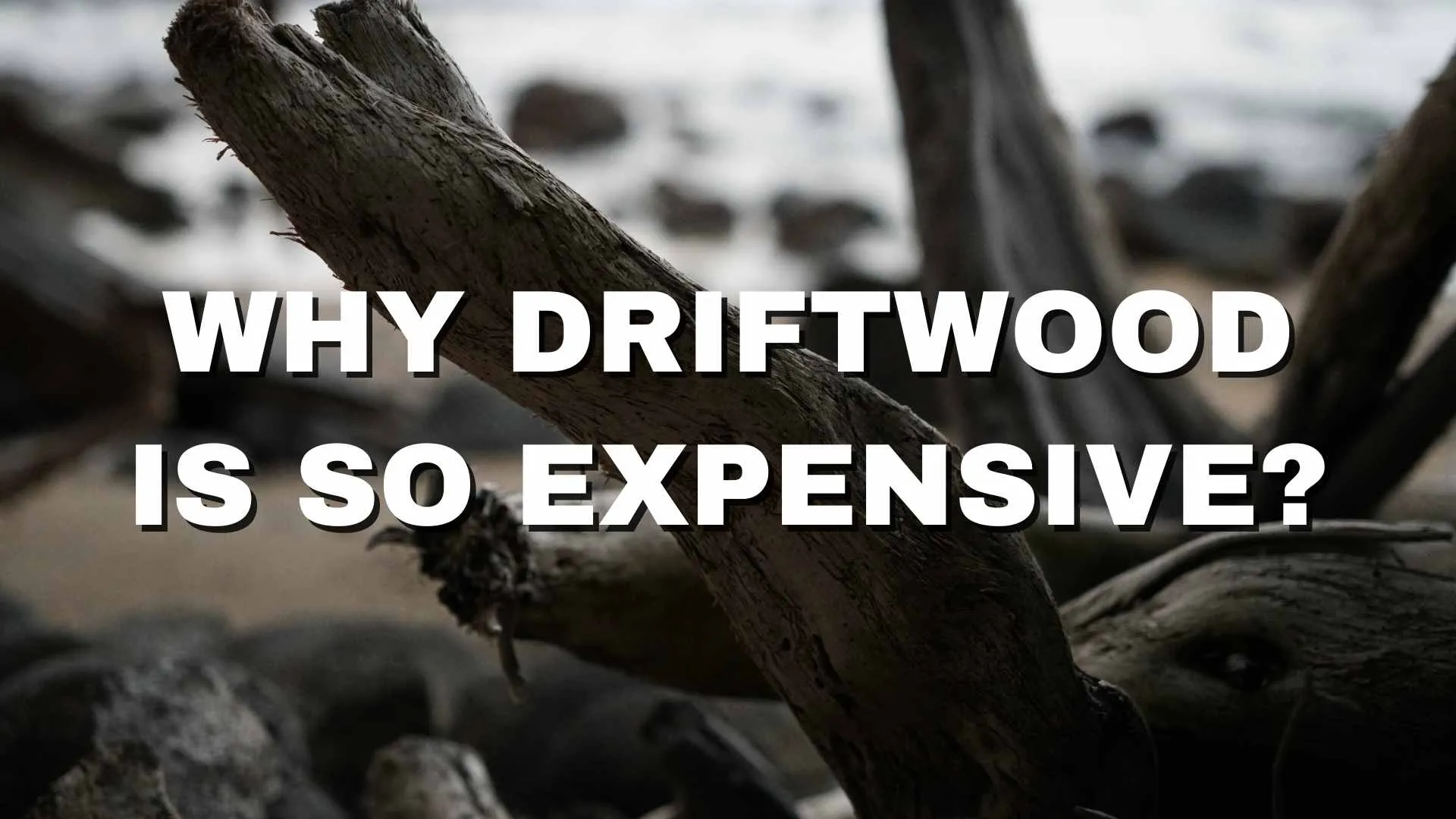
In today's trend of decor and design, there are a few natural elements that stand out and are intriguing, and that is driftwood. The unique shapes and textures make it special in the hearts of artists and aquarium lovers. But what exactly is the reason why it is so expensive? Now, let’s explore the 5 main reasons why driftwood costs more than what you think.
1. Supply And Demand
Driftwood costs a lot these days, but it varies depending on where you live. One reason for the high prices is that there's not much driftwood available, but lots of people want it. If you’re wondering what’s so special about driftwood, and why it costs more, well, it's because of its cool shapes and its natural essence. Its unique look makes furniture, decorations, and even fish tank setups look appealing.
Getting enough driftwood is tough. You can't just make it whenever you want. You have to go to beaches and shores to find it, which takes a lot of time and effort. It costs money to get there, with fuel for boats and tools to gather the driftwood. There are also extra costs like fees for ramps and parking. So, getting driftwood ends up costing a lot of money overall.
Take Note: Check local laws before collecting driftwood. Some areas may have restrictions on quantity and locations.
Collectors must follow rules when collecting driftwood to protect the environment. However, these rules can make finding driftwood more difficult. This scarcity creates competition among collectors, artisans, and enthusiasts, leading to higher prices.
2. Preparation Process
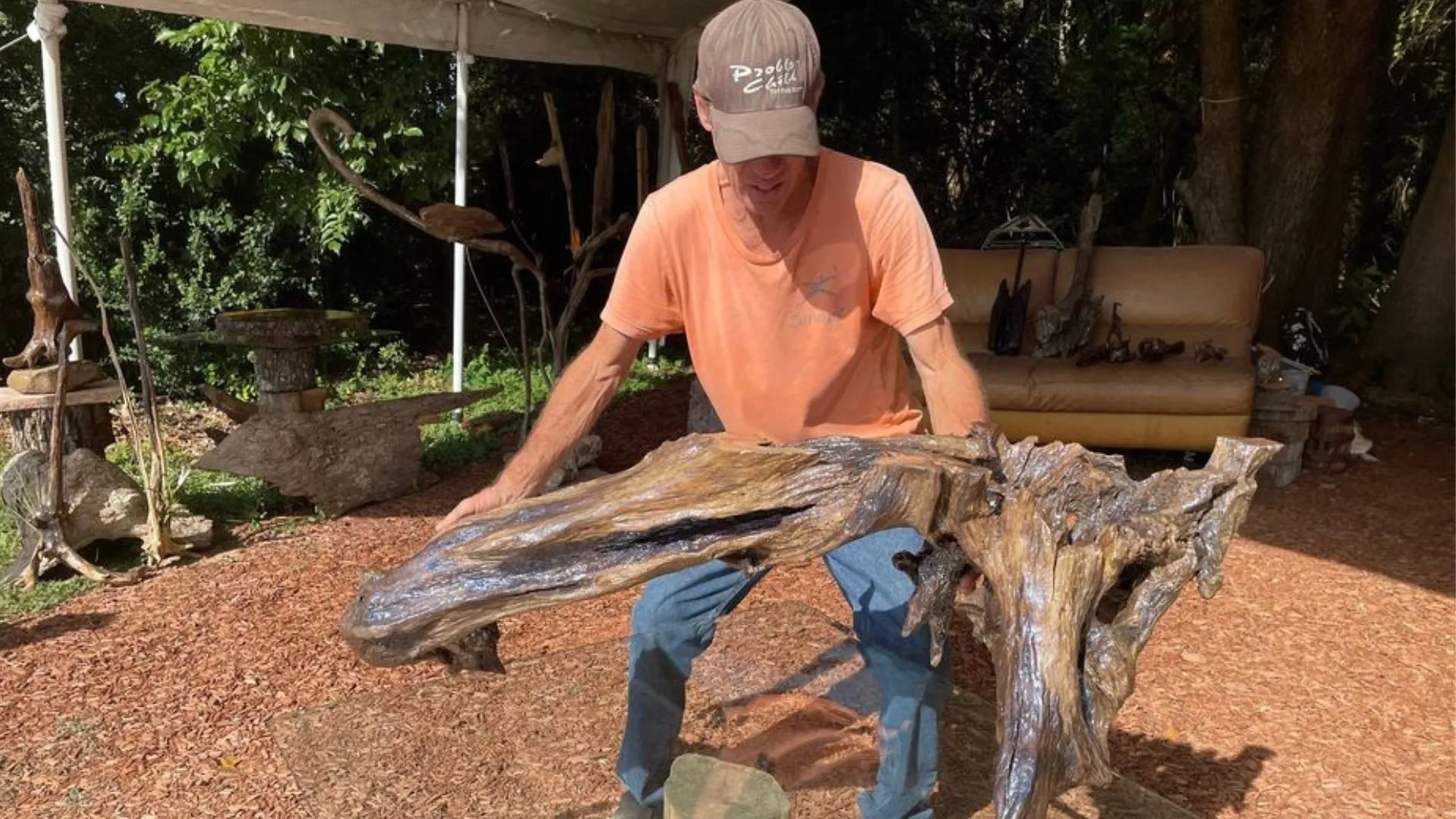
Preparing driftwood involves a detailed process to ensure it looks its best. Initially, it's thoroughly cleaned to remove any debris or contaminants acquired during its time adrift. Following this, complete drying is crucial to prevent decay.
In some cases, artisans even craft intricate designs, like driftwood glass coffee tables, from shaped or carved driftwood. However, the extensive preparation demands considerable time, effort, and expertise, contributing to the higher price tag of driftwood decorations.
The cost of driftwood is influenced by various factors beyond just supply and demand. Additional expenses include the time spent collecting it, fuel or boat charges, and necessary tools. Moreover, there are incidental costs such as ramp and parking fees. Given the demand for pristine pieces, pressure cleaning and related equipment are essential, adding to labor expenses.
3. Shipping Costs

Another factor contributing to the high cost of driftwood is the expense associated with its transportation. Driftwood is commonly harvested from coastal regions or isolated islands where it's abundant. Nevertheless, delivering it to markets or customers poses logistical challenges and comes with a hefty price tag.
Due to the irregular shapes and sizes of driftwood pieces, shipping becomes notably expensive when compared to transporting more standardized items.
Moreover, the weight of the wood adds to the overall shipping costs. Moreover, many suppliers prioritize environmentally friendly shipping methods, like carbon-neutral or low-impact transportation, which can result in supplementary expenses.
4. Aquarium Lovers Willing to Splurge
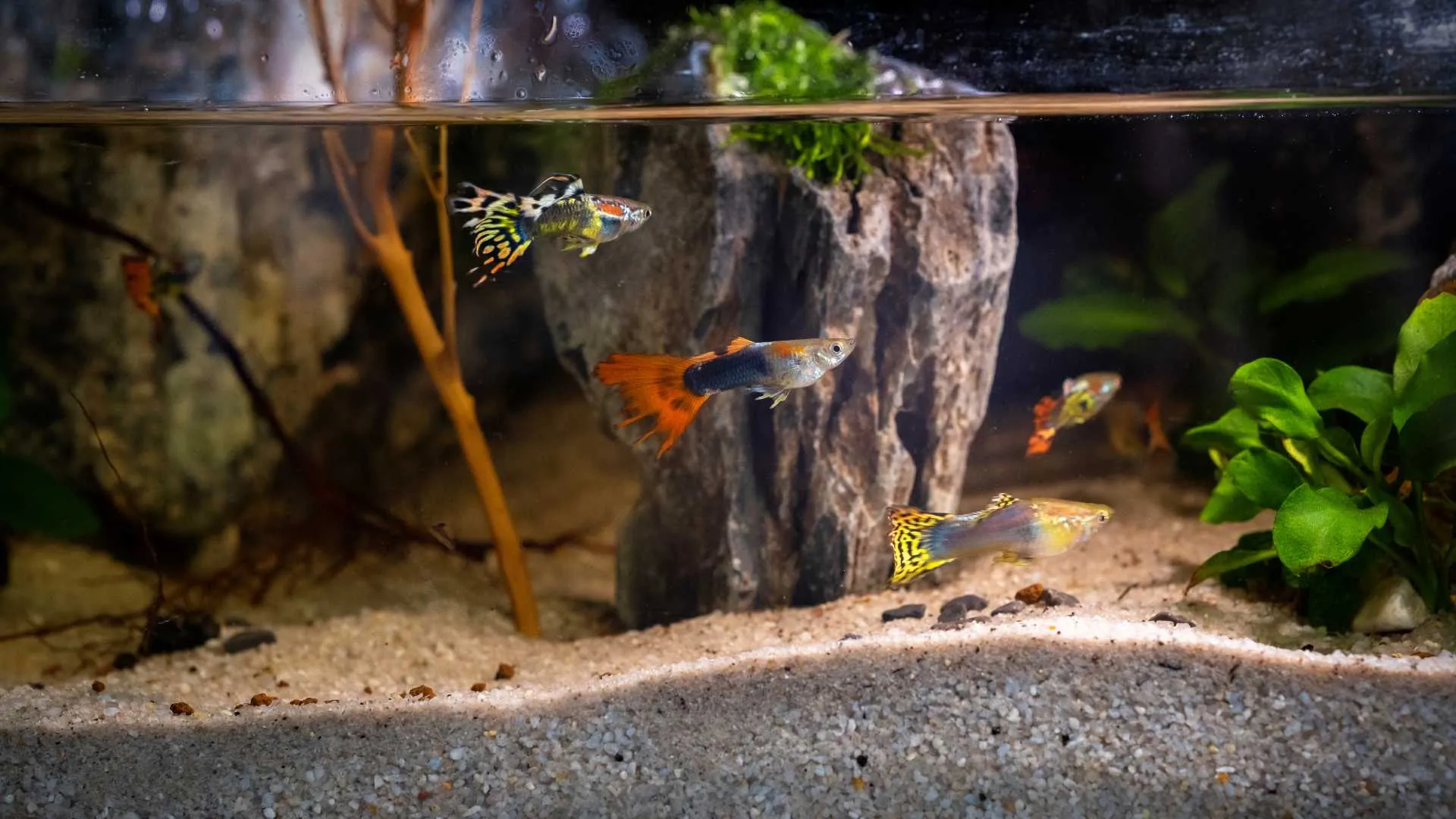
Driftwood is in high demand among aquarium lovers. It enhances the aquarium's appearance, creating a natural underwater vibe and offering a cozy home for fish and aquatic creatures. Enthusiasts happily invest in top-notch driftwood that matches their style, leading to fierce competition among sellers and driving up prices.
5. It's Not Just Wood – It's Art
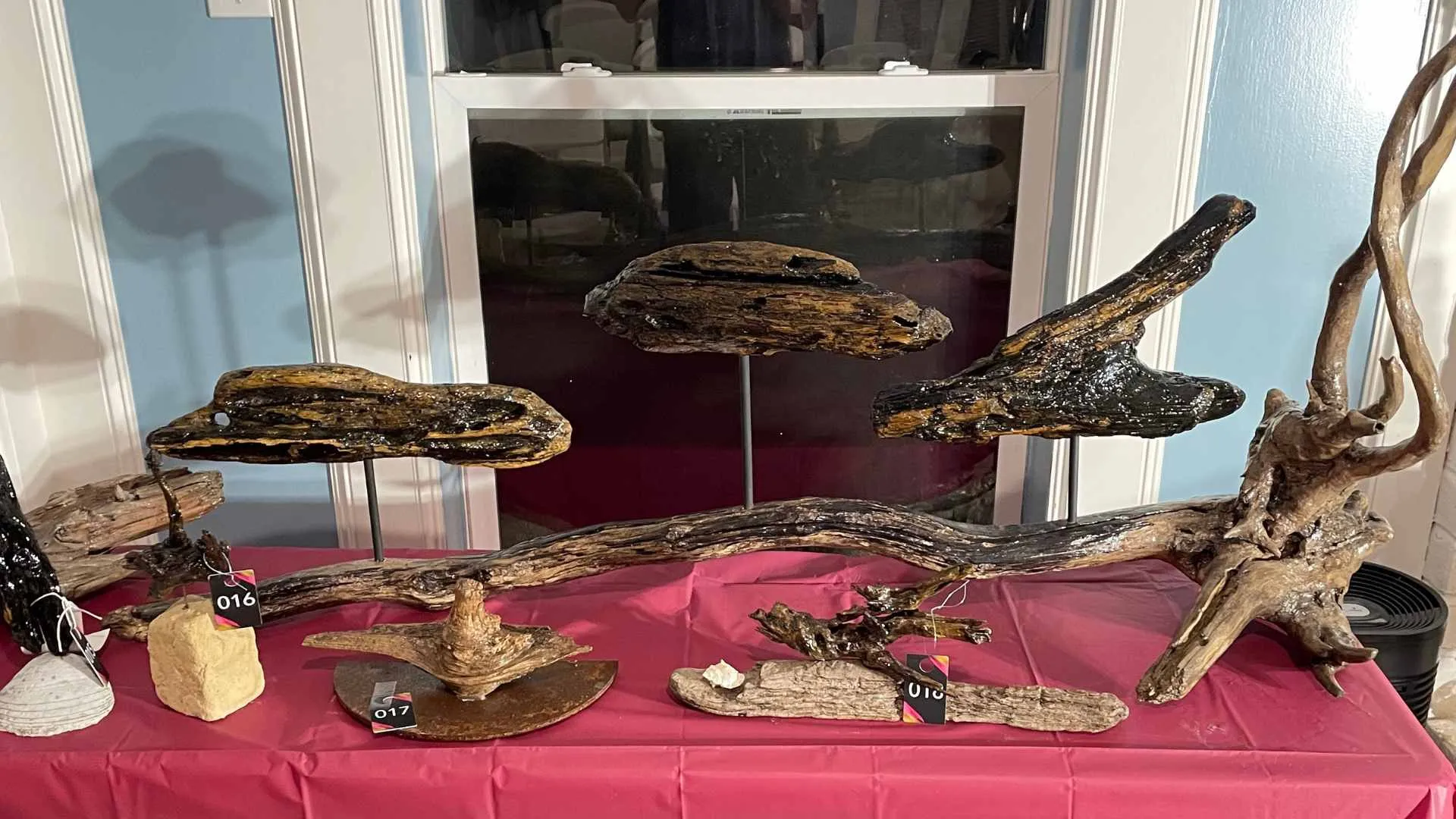
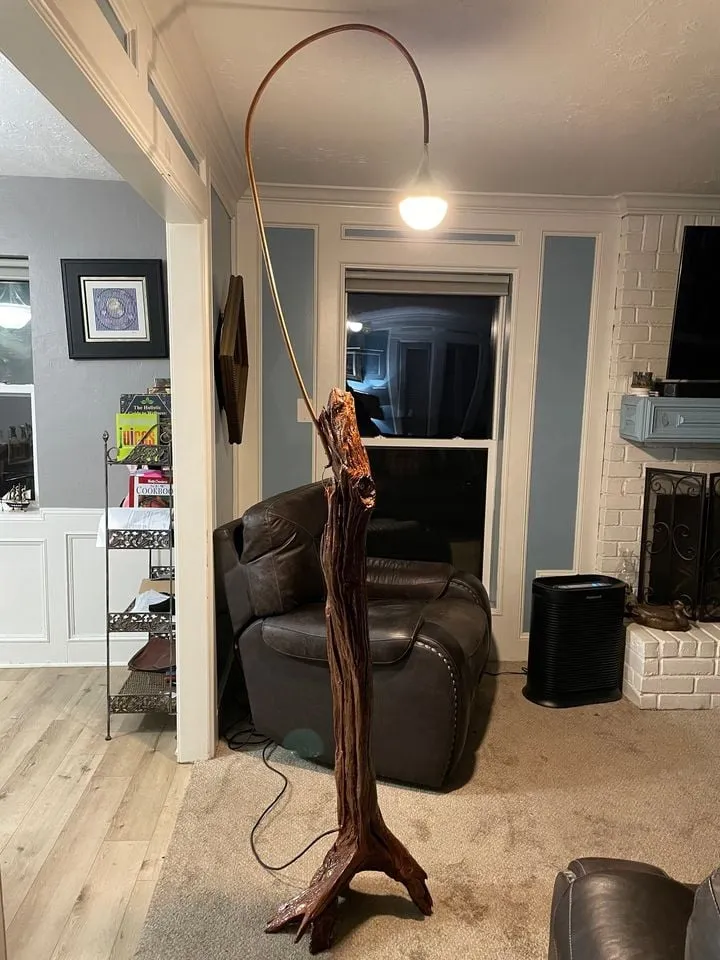

Driftwood is not just wood; it holds significant value, especially in the world of art. Its unique artistic appeal makes it more captivating to people who love unique pieces. Additionally, driftwood has many stories to tell, unlike ordinary wood that can be easily cut, right?
When incorporated into sculptures or any driftwood home decor, it brings a touch of natural elegance to your place. Turning ordinary driftwood into beautiful art takes skill and effort, making it more expensive. Because it's rare and transformed with care, it becomes a valuable and unique decoration for people wanting to enhance their homes with something special.
The high cost of driftwood can be attributed to a combination of factors, including supply and demand dynamics, the labor-intensive preparation process, shipping expenses, niche markets like aquarium enthusiasts, and its inherent artistic value. While the price of driftwood may seem steep to some, its beauty and uniqueness make it a worthy investment for those who appreciate its allure.
Is Selling Driftwood Profitable?
Absolutely! Selling driftwood can be profitable if you know what to do and market it the right way. Driftwood comes in various types and sizes, and each piece is unique. If you buy, display, and market it properly, it can be a lucrative item to sell, especially in a fish store or fish department. Just make sure to understand the different types of driftwood and how to showcase their uniqueness to attract customers.
Is It Safe To Bring Driftwood To Your Home?
Bringing driftwood into your home can be safe, provided you adhere to local regulations regarding its collection. However, caution is essential, especially if you have pets such as dogs. Dogs might chew on driftwood, leading to splintering and potential injury or digestive problems if ingested.
ARE YOU INTERESTED IN DRIFTWOOD DECOR?
If you have projects that need driftwood ideas, don't hesitate to contact us.
© 2023 DB Texas Driftwood Artists
